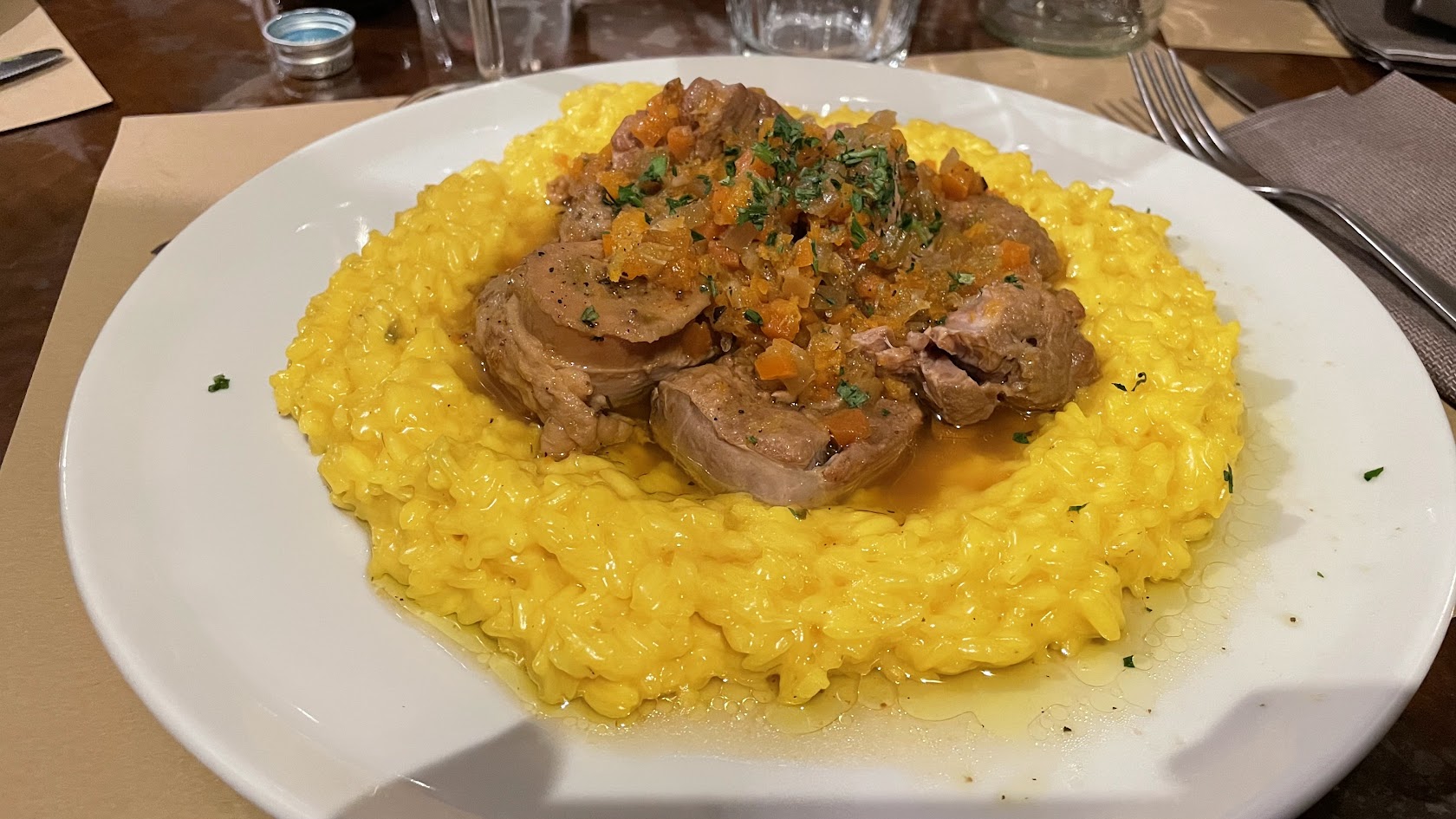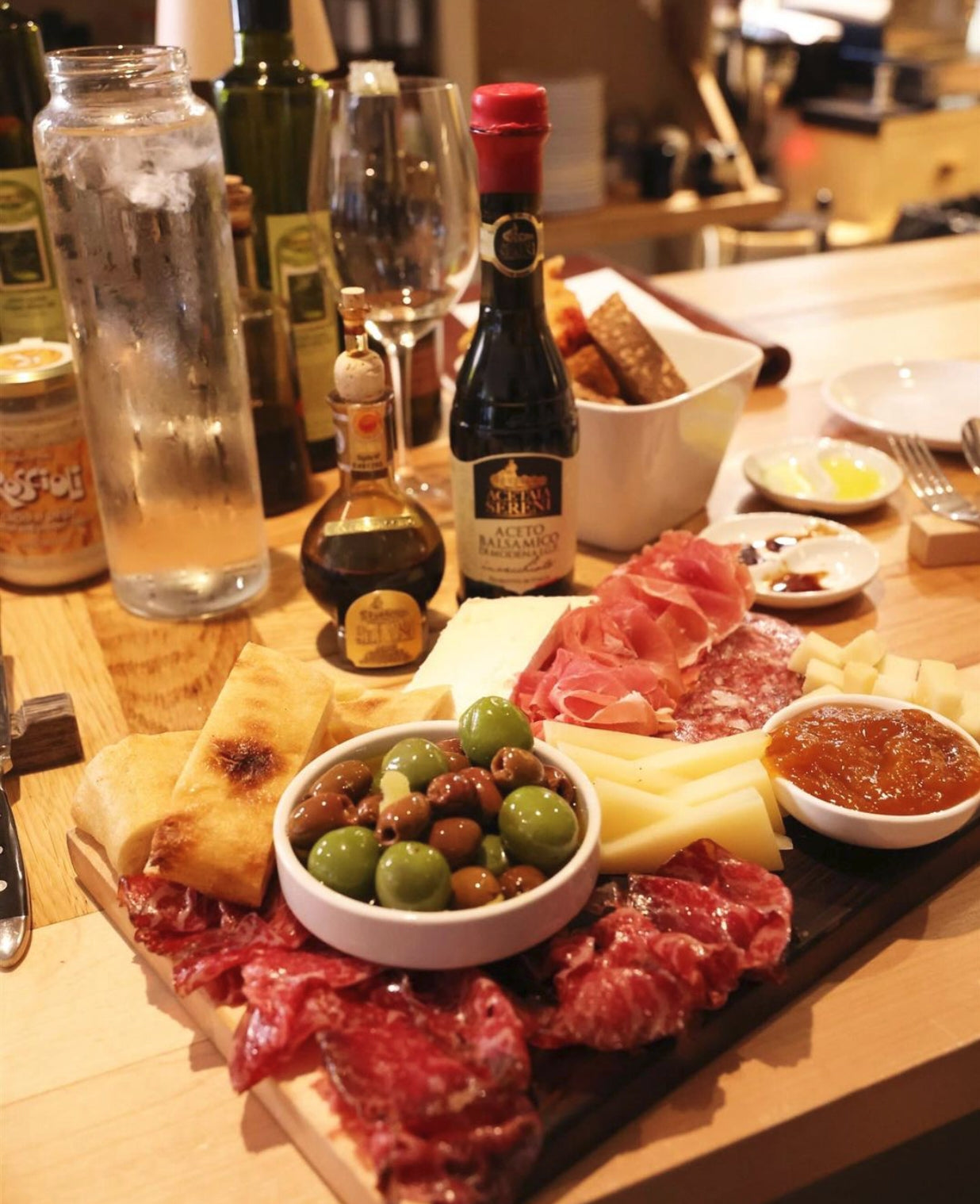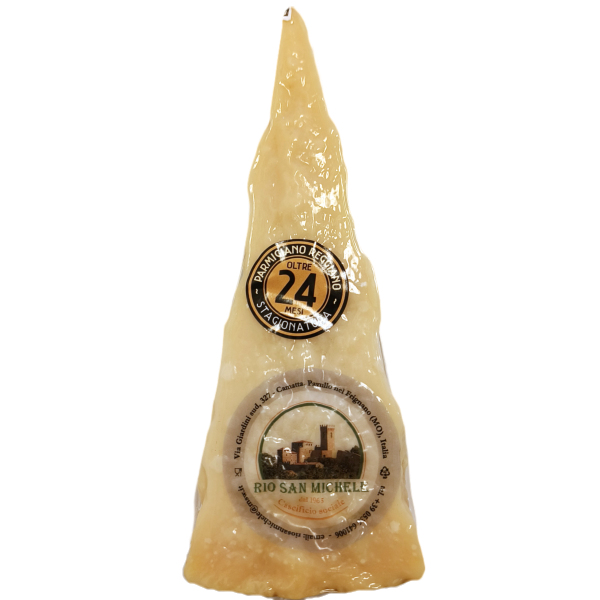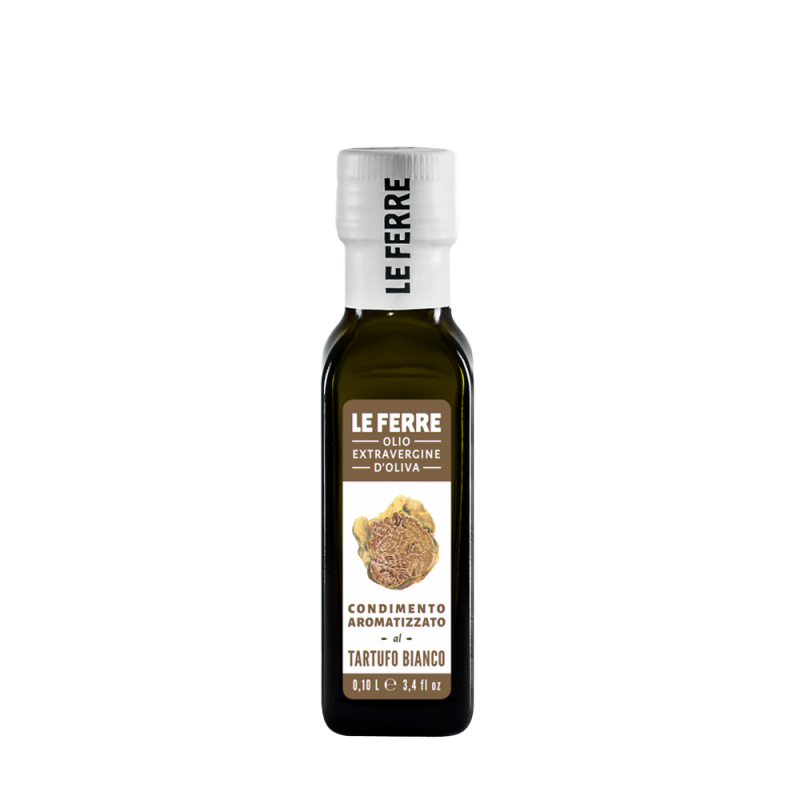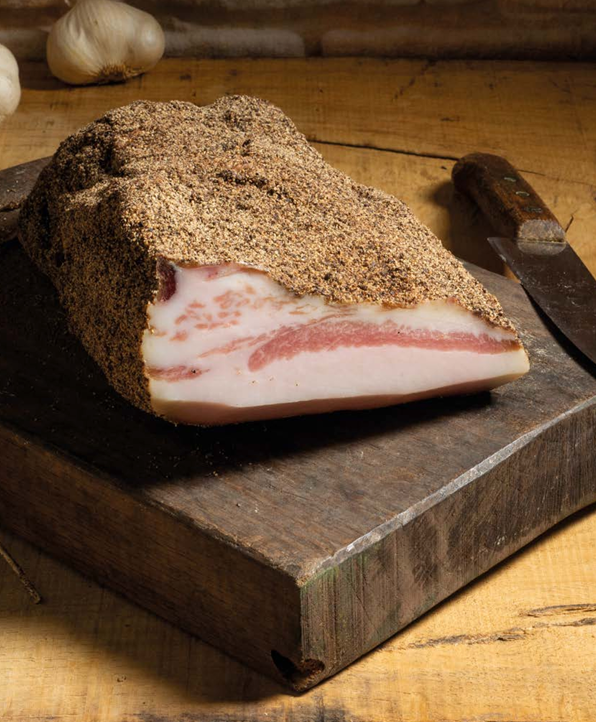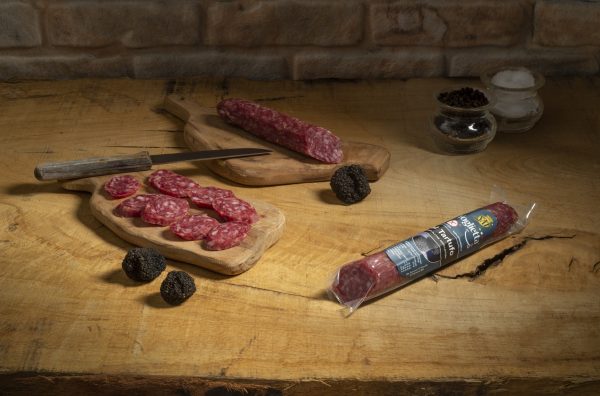Lombard cuisine is deeply rooted in the region's history and culture. With landscapes stretching from the Po Valley to the Alps, Lombardy offers a wide range of ingredients and dishes that reflect the geographical diversity of the area. From Milan to the Alpine valleys, the cuisine is characterized by hearty and tasty dishes, often based on meat, rice and butter, ideal for coping with the cold northern winters.
The flavors from the heart of Lombardy
Milan in particular is famous for its sophisticated yet traditional cuisine. Dishes like risotto alla milanese and cotoletta alla milanese are true icons, loved by locals and visitors alike. These dishes embody the balance between simplicity and richness of flavor that is the hallmark of Lombard cuisine.
Key ingredients in Lombard cuisine
Lombard cuisine is based on a number of important ingredients, often linked to local agricultural production and livestock farming. Here are some of the most central elements of the region's dishes:
- Rice : Grown on the Lombardy plains, rice is the main ingredient in many traditional recipes, from risotto alla milanese to saffron risotto. Carnaroli rice is the most commonly used type, known for maintaining its perfect consistency during cooking.
- Butter : In Lombardy, butter is often preferred over olive oil as a cooking fat, reflecting the region's rich dairy tradition.
- Polenta : Polenta, made from cornmeal, is another foundation of Lombard cuisine, especially in combination with meat dishes such as brasato or game.
- Meat : Lombardy is famous for its charcuterie , including the famous bresaola from Valtellina , and for the use of beef and pork in traditional recipes such as brasato al vino rosso and ossobuco alla milanese .
- Cheeses : The region is known for its production of high-quality cheeses such as Bitto, a ripened cheese from the Alpine valleys, which is often used to enrich local dishes.
Iconic dishes from Lombard cuisine
Lombard cuisine offers a number of iconic dishes that have become symbols of the Italian culinary tradition. Here are some of the most representative:
- Risotto alla milanese : This creamy risotto, seasoned with saffron, is one of Lombardy's most iconic dishes. Prepared with meat broth and plenty of butter, it is known for its golden color and intense flavor.
- Cotoletta alla milanese : The Milanese schnitzel, a thin slice of veal breaded and fried in butter, is often the subject of lively discussions. In Milan, this dish is taken very seriously and is jokingly called the "elephant ear" because of its large size! This dish is a variation of the Austrian Wiener Schnitzel , but over time has become a symbol of Milanese cuisine. Not for the faint-hearted!
- Cassoeula : A hearty winter stew, cassoeula is made with cabbage and various cuts of pork, like ribs and rind, and is ideal for those cold Lombard days.
- Ossobuco alla milanese : Another classic dish, ossobuco is a slow-cooked veal shank, served with risotto alla milanese.
- Polenta and brasato : In the Alpine areas, polenta is a staple food, often served with brasato, a slow-cooked beef stew in red wine (often Barolo) or with game.
- Bresaola : Bresaola from Valtellina is often the main ingredient in carpaccio , served with arugula and parmesan flakes, making for a light but flavorful dish.
Geographical influences on Lombard cuisine
Lombardy offers a food culture deeply connected to its varied landscape. In the alpine valleys, such as Valtellina , we find rustic dishes such as pizzoccheri , a short pasta made with buckwheat flour and prepared with butter, potatoes, cabbage and Bitto cheese. Bresaola is also a specialty of this region and is known for its light, delicate flavor.
The areas around the lakes, such as Lake Como and Lake Garda, are known for lighter dishes based on freshwater fish such as lavarello , often grilled or served in simple, delicate dishes.
Historical and cultural influences
Lombard cuisine has undergone many influences in its history, especially during the Austrian domination, which left a significant mark on the local food culture. An example is cotoletta alla milanese , which has its roots in the Austrian Wiener Schnitzel, but which in Milan is cooked in butter instead of lard.
Other influences can be found in desserts and cooking techniques reminiscent of the Austro-Hungarian tradition, such as strudel and the use of spices in sweet dishes.
Conclusion
Lombard cuisine is a celebration of authentic flavors and agricultural traditions developed over centuries. From risotto to stews and cheeses to artisanal desserts, each dish tells the story of a region that has valued its local produce and made it a symbol of culinary excellence. Whether it's dinner at a rustic trattoria in the Alps or a refined meal at a restaurant in Milan, Lombard cuisine offers an unforgettable gastronomic experience.
Buon appetito!

